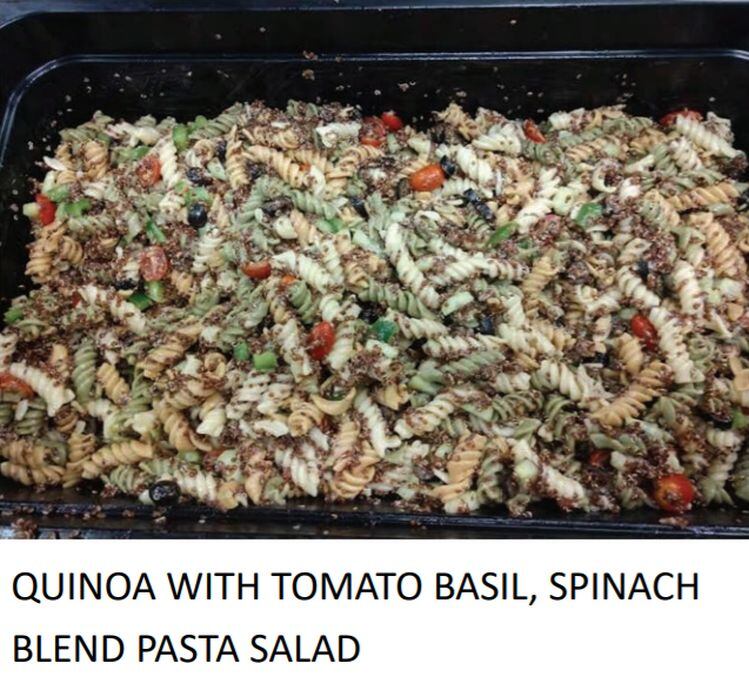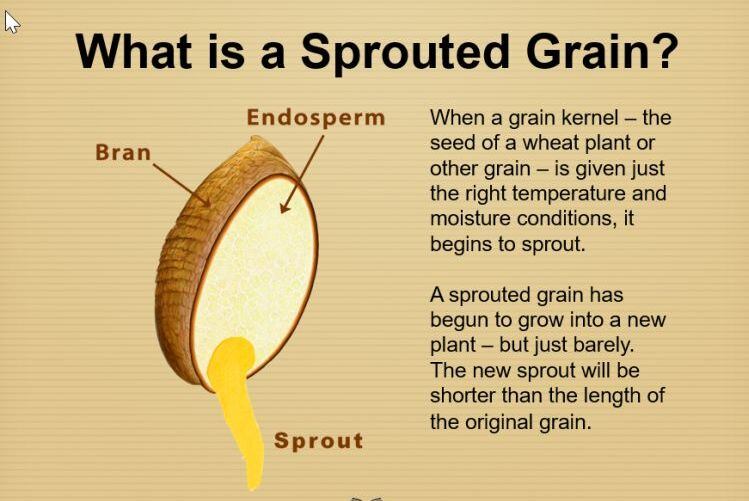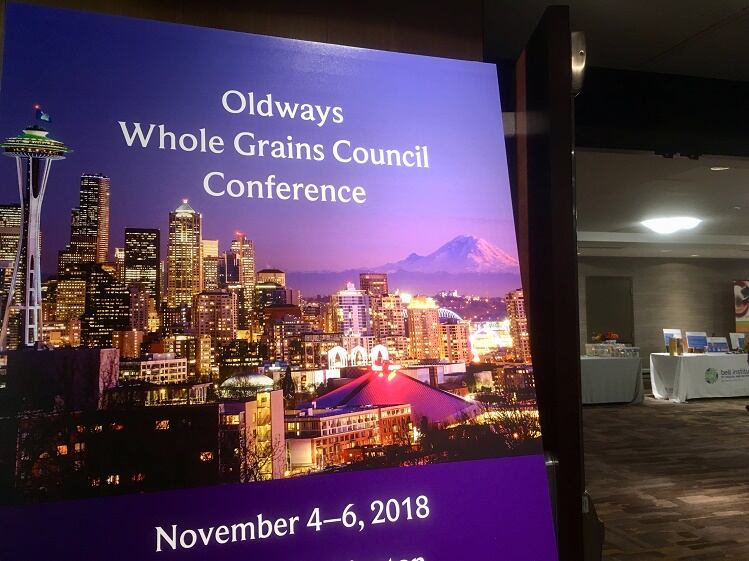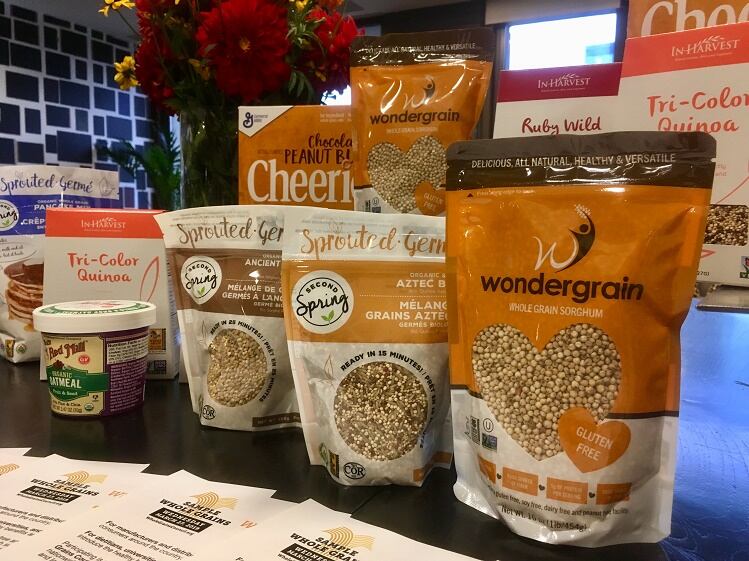Speaking at the 2018 Oldways Whole Grains Council conference in Seattle earlier this month, Jones said 2018 was “the first year I’m not hearing slanderous remarks about Michelle Obama [who helped drive changes in school meals requirements as part of the Affordable Care Act].”
Jones, who is responsible for serving 1,800 meals a day to Native American students at schools in southeastern Montana, said it had initially been challenging to get kids to eat whole-grain rich foods, but that taste testing new wholegrain foods with children and asking them why they threw certain wholegrain foods away had helped staff tweak recipes and products until they found dishes kids would eat.
“With the younger children, if they don’t like something, we find out why, is it texture, is it this, and then we try and fix it.”
In some cases, preparing the food in a different way was all it took, he said, noting that serving whole wheat pasta with the sauce mixed in had proved more appealing that spooning sauce on top of the pasta, while adding whole grain wild rice to soups or adding quinoa to pasta dishes was a simple way of adding whole grains without kids really noticing.
Ardent Mills: Kids can be wary of taste, texture, and appearance of whole grain foods
Zachery Sanders at flour and grains supplier Ardent Mills, which has been working closely with the School Nutrition Association, school districts, and companies that supply foods to schools, told FoodNavigator-USA: “Whole grains can have a more nutty, wheaty taste, and not all kids like the brown flecks in bread or the darker colored pasta if they have been used to eating everything made with white flour, and there’s also the cost factor.
“When USDA first brought down the ruling, a lot of schools that hadn’t been using whole grains at all struggled and didn’t have the resources or the recipes to help meet those requirements. I’d say the pasta and the tortillas were probably the hardest.”
However, significant progress has been made over the past couple of years, with schools across the country serving whole grain rich pizza crusts, buns, pastas, biscuits, muffins, and breading, many of which are made with Ardent Mills’ patented Ultragrain whole grain wheat flour, which looks and behaves like white flour, but still contains all parts of the grain (bran, germ, endosperm).
Made from a specific white wheat variety with a paler color and sweeter taste, Ultragrain is very finely ground and can be used as a 1:1 replacement for white flour, or in blends, with many school meals providers using Ardent Mills’ ‘T2’ blend of 55% Ultragrain and 45% enriched white flour, which has had the bran and germ removed, he said.
“School chefs tell us that pasta made with Ultragrain holds [sauce] just like a traditional pasta and the kids don’t throw it away. With the tortillas and pizza crusts, we’ve also found that Ultragrain really performs well.”
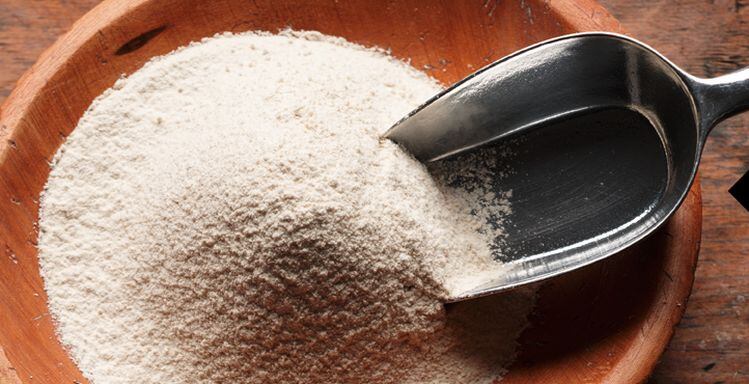
Beyond buns and pizza crusts
Longer-term, he acknowledged, the broader adoption of whole grains in restaurants and cafes will help expose kids to new whole grain dishes (beyond whole wheat buns and pizza crusts), from side dishes made with ancient grains such as farro or quinoa instead of white rice, to salads made with whole grains, which will then make them more open to trying whole grains at school and at home.
“Some of it starts with the parents, so if we’re out eating quinoa bowls, or salmon with farro cooked in chicken broth, kids will be more open to trying these things. 15 years ago you couldn’t pay me to try sushi, but as I’ve expanded my palate, our kids like sushi now, so I see the same thing happening with whole grains.
“We’re now offering fully cooked IQF [individually quick frozen] ancient whole grains such as barley and spelt for schools and other customers, which significantly reduces the prep time. Some customers also like to combine them with white rice, which adds color and texture and nutrition.”
SuperKids whole grain sampling program
One strategy that has proved successful is Ardent Mills’ SuperKids whole grain sampling program, which enables schools to try free samples of whole grain options for breakfast, snack, and lunch menus, from bagels and buns to chicken nuggets with whole grain breading, and test them on their children before committing to purchasing, said Sanders.
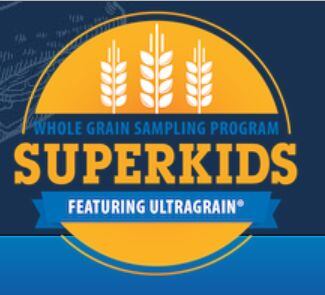
Another popular initiative form Ardent Mills is the Cool School Café, which enables schools that buy qualifying products to earn points that can be redeemed for nutritional training activities, aprons, teeshirts, blenders, coolers and other items, he said.
What's happening with USDA and the whole-grain-rich requirements?
Right now, stakeholders are waiting for the USDA to issue a final rule for schools experiencing challenges with some of the school meals requirements around whole grains, sodium, and flavored milk, to see if current exemptions (allowing some schools to petition state agencies to waive some of the requirements if they can prove hardship) will be extended and finalized, or ditched.
While delegates at the Whole Grains Council conference acknowledged that meeting the whole grain rich rules had been tough for some schools, companies that had devoted a lot of time and money to helping provide solutions said that allowing schools to partially opt out [those securing waivers must still supply whole grain rich grain foods for half the week] was not helpful.
- View the highlights of the conference HERE.
- Read more about sprouted whole grains HERE.
- Read more about labeling whole grains HERE.
- Whole grains include the entire grain seed (kernel), which consists of bran, germ, and endosperm.
- Refined grains have been milled to remove the bran and germ, which creates a finer texture and improves their shelf life, but also removes dietary fiber, iron, and B vitamins.
- Enriched grains are grain products with B vitamins and iron added.
